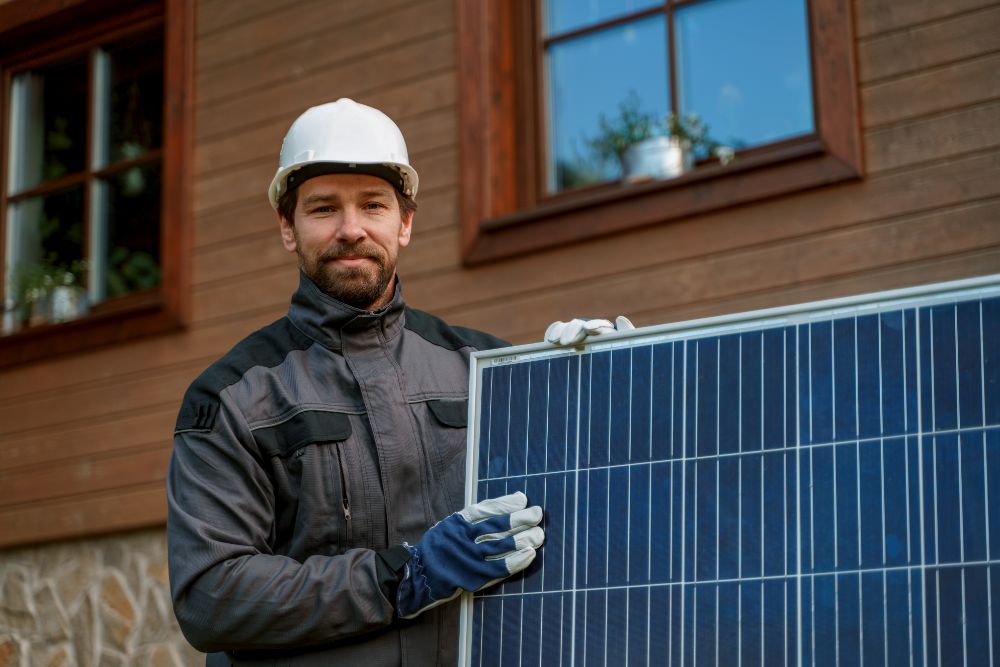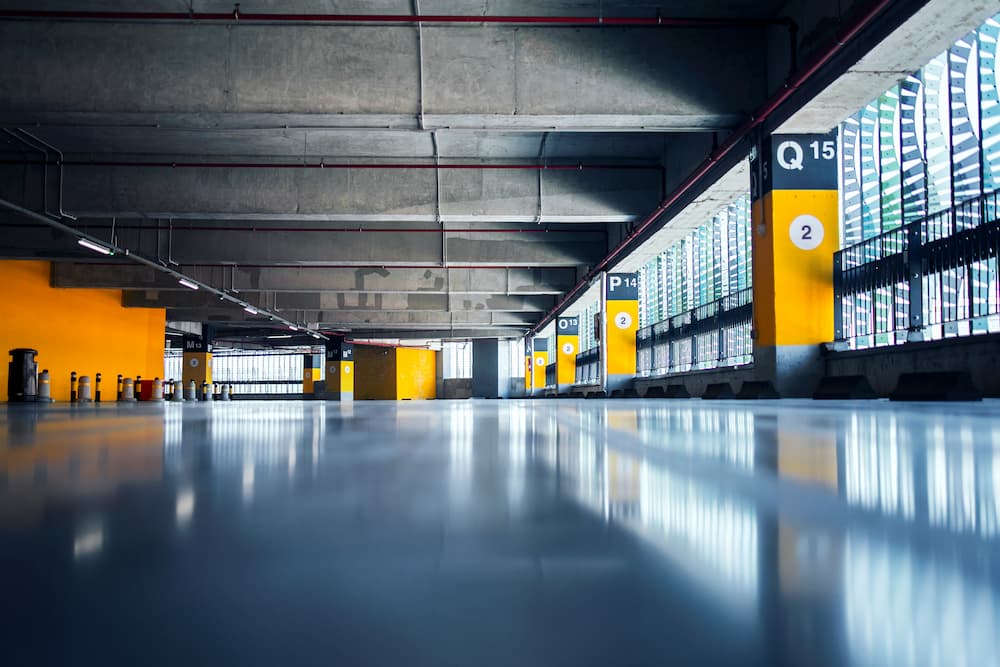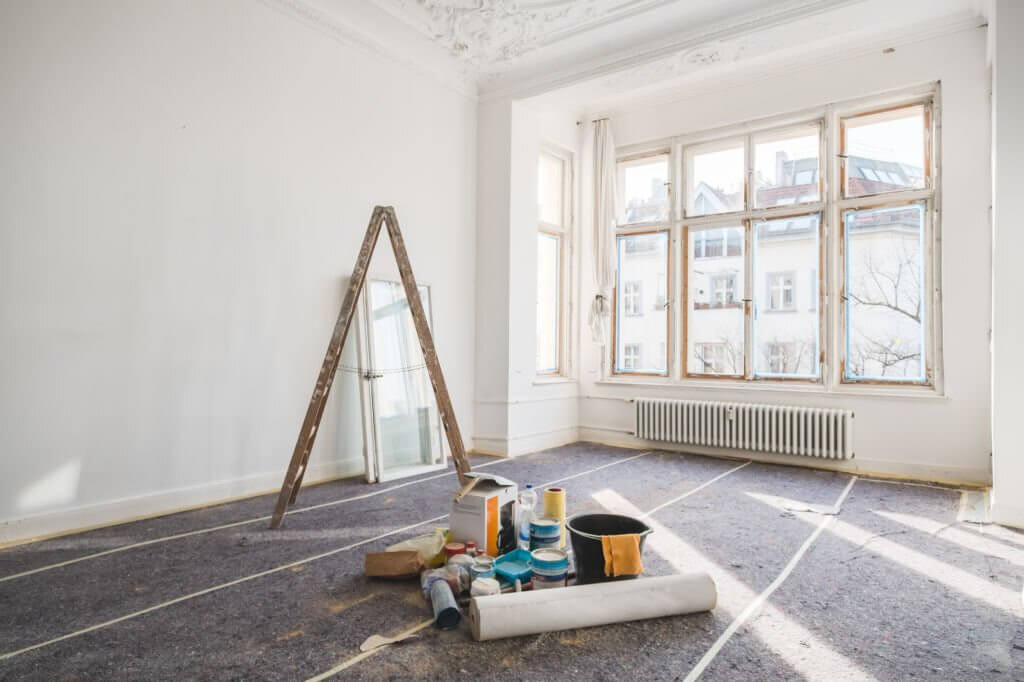In an era where environmental sustainability is paramount, eco-friendly home renovations have become more than just a trend; they’re a necessity. As homeowners increasingly seek to minimize their carbon footprint and reduce energy consumption, the demand for green home renovations has surged. Not only do these renovations contribute to a healthier planet, but they also offer numerous benefits such as lower energy bills, improved indoor air quality, and increased property value.
Explore Different Eco-Friendly Home Renovations
In this comprehensive guide, we’ll explore into world of eco-friendly home renovations, exploring various strategies, materials, and smart home technologies to help you transform your home into an environmentally responsible sanctuary.
1. Assessing Your Home’s Energy Usage
Before embarking on any renovation project, it’s essential to conduct a thorough assessment of your home’s energy usage. This evaluation will help identify areas where energy is being wasted and determine the most effective strategies for improvement.
Start by examining your utility bills to get an idea of your energy consumption patterns. Look for any spikes in usage, particularly during peak seasons. Next, perform a walkthrough of your home, paying close attention to areas such as windows, doors, insulation, heating, and cooling systems. Common energy inefficiencies include drafts around windows and doors, inadequate insulation, and outdated HVAC systems.
2. Energy-Efficient Heating and Cooling Systems
Keeping our homes warm in the winter and cool in the summer uses up a lot of energy. By upgrading to energy-efficient systems, you can reduce your carbon footprint while also enjoying lower utility bills.
One option is to install a high-efficiency furnace or heat pump. These systems use less energy to heat your home compared to traditional furnaces, resulting in significant savings over time. Additionally, consider upgrading to a programmable thermostat, which allows you to adjust temperature settings based on your schedule, further optimizing energy usage.
For cooling, consider installing a modern, energy-efficient air conditioning system. Look for models with high SEER (Seasonal Energy Efficiency Ratio) ratings, indicating superior energy efficiency. Proper insulation and sealing of ductwork are also crucial for maximizing the efficiency of your cooling system.
3. Insulation and Air Sealing
A well-insulated and tightly sealed home is essential for maintaining comfortable indoor temperatures and minimizing energy loss. Start by inspecting your home’s insulation levels, particularly in the attic, walls, and basement.
Consider upgrading to eco-friendly insulation materials such as recycled denim, cellulose, or spray foam. These offer excellent thermal performance while minimizing environmental impact. Additionally, seal any gaps or cracks around windows, doors, and other openings to prevent air leakage and improve energy efficiency.
4. Energy-Efficient Windows and Doors
Windows and doors are substantial sources of energy loss in many houses. Older, inefficient windows and doors allow heat to escape during the winter and infiltrate during the summer, leading to increased energy consumption and higher utility bills.
Consider replacing old windows and doors with energy-efficient models featuring double or triple-pane glass, low-emissivity coatings, and insulated frames. These features help reduce heat transfer and improve overall energy efficiency. Look for products with ENERGY STAR certification, indicating compliance with rigorous energy efficiency standards.
5. Renewable Energy Systems
Harnessing renewable energy sources such as solar and wind can further reduce your home’s reliance on traditional energy sources and lower your carbon footprint.
Many homeowners opt for solar panels as they seek to produce eco-friendly electricity for their households. Installing solar panels on your roof or property can generate electricity and potentially sell excess power back to the grid. Many governments and utilities offer incentives and rebates for installing solar power systems, making them a cost-effective option for eco-conscious homeowners.
Wind turbines are another option for generating renewable energy, although they require sufficient space and favorable wind conditions to be effective. If feasible, installing a small-scale wind turbine on your property can supplement your electricity needs and further reduce your environmental impact.
6. Sustainable Building Materials
When renovating your home, opt for sustainable building materials that minimize environmental impact and promote resource conservation.
Look for materials with recycled content, such as recycled glass countertops, reclaimed wood flooring, and recycled steel framing. These materials play a crucial role in lessening the need for brand-new resources and keeping waste out of landfills.
Additionally, choose products certified by reputable eco-labels for wood products and various building materials. These certifications ensure that products meet strict environmental and social responsibility criteria throughout their lifecycle.
7. Water-Efficient Fixtures and Appliances
Conserving water is another essential aspect of eco-friendly home renovations. By installing water-efficient fixtures and appliances, you can reduce water consumption and minimize strain on local water resources.
Replace old toilets with low-flow models that use significantly less water per flush while maintaining performance. Similarly, install water-efficient faucets and showerheads to reduce water usage without sacrificing comfort. In the kitchen, opt for energy-efficient dishwashers and washing machines that use less water and energy per cycle.
8. Sustainable Landscaping
Don’t forget about the exterior of your home when planning eco-friendly renovations. Sustainable landscaping practices can help reduce water consumption, minimize maintenance requirements, and create a more environmentally friendly outdoor space.
Choose native plants that are well-suited to your climate and soil conditions, as they require less water and maintenance compared to exotic species. Implement water-saving irrigation systems such as drip irrigation or rainwater harvesting to water your landscape while conserving water efficiently.
Additionally, consider incorporating permeable paving materials such as gravel into your hardscape design. These materials allow rainwater to infiltrate the soil, reducing runoff and replenishing groundwater supplies.
9. Green Building Certifications
For homeowners committed to sustainability, pursuing green building certifications can provide validation of their eco-friendly renovation efforts.
Certifications such as LEED (Leadership in Energy and Environmental Design) and Passive House offer rigorous standards for sustainable building practices, energy efficiency, and indoor environmental quality. Achieving certification demonstrates a commitment to environmental stewardship and may increase the resale value of your home.
Work with architects, contractors, and designers experienced in green building practices to ensure compliance with certification requirements and maximize the environmental performance of your renovation project.
10. Monitoring and Maintenance
Once your eco-friendly home renovation is complete, it’s essential to monitor and maintain your new systems and features to ensure long-term performance and energy savings.
Regularly inspect insulation, windows, doors, and HVAC systems for signs of wear or damage and address any issues promptly—schedule routine maintenance for heating, cooling, and renewable energy systems to keep them operating efficiently.
Additionally, continue to practice energy conservation habits such as turning off lights when not in use, using programmable thermostats, and minimizing water waste to maximize the benefits of your eco-friendly renovations.
Conclusion
Embarking on an eco-friendly home renovation journey is a significant undertaking, but the benefits are undeniable. By implementing energy-efficient systems, sustainable materials, and water-saving technologies, you can reduce your environmental footprint, lower utility bills, and create a healthier, more comfortable home for you and your family.
Whether you’re making small upgrades or undertaking a full-scale renovation, every step toward sustainability counts. With careful planning, thoughtful design, and a commitment to environmental stewardship, you can transform your home into a model of eco-friendly living for generations to come.











